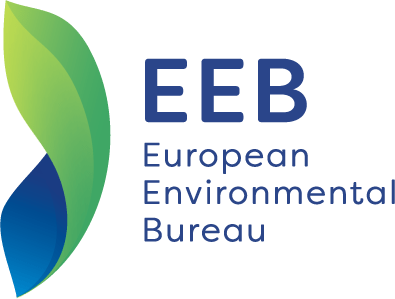Get ‘Fit for 55’ with Agriculture
Our food systems are responsible for a quarter of global greenhouse gas emissions.
This scientific reality should place farming at the heart of the European Commission’s revised ‘Fit for 55’ climate policy framework. The EEB has prepared recommendations and a study that provide a blueprint for sustainable agriculture and food production.
Yesterday, a leaked copy of draft Commission proposal for the future of Land Use and Land Use Change and Forestry (LULUCF) – including agriculture-related land use emission – was circulated online.
Despite ongoing climate breakdown, the Commission has postponed further emissions reductions to 2025 and intends to impose a timid target of 310Mt CO2 removal by 2030 for the LULUCF sector, according to the leak.
“While we welcome the introduction of national targets from 2026, the Commission has given another free pass to farming. By not addressing agricultural emissions specifically, member states will have the option of engaging in creative bookkeeping through unproven ‘carbon removal’ methods rather than making their agricultural sectors truly sustainable. “
Holistic framework
Today the European Environmental Bureau (EEB) is publishing a new position paper titled ‘Beyond net-zero emission in agriculture’. The document addresses the changes needed in agriculture to create an enabling climate governance system for the sector. The paper sets out the EEB’s vision to tackle agricultural emissions in the framework of the European Commission’s upcoming proposal for a ‘Fit for 55’ package.
Published a week ahead of the European Commission’s package, the EEB paper outlines a clear pathway to net-zero emissions in agriculture. The EEB’s vision showcases how the transition to agroecology, accompanied by a shift towards healthier and more sustainable diets, can answer our climate challenges and contribute to the restoration of biodiversity and food systems.
The impact of the EEB’s proposed pathway was measured using the updated version of the EU Calculator’s transition pathway explorer, a tool that allowed us to run our own emission scenarios and directly visualise its effects.
Bérénice Dupeux, the EEB’s Senior Policy Officer for Agriculture, emphasises the importance of the current review process.
“The Fit for 55 package offers a unique opportunity to end the free pass given to agriculture in the current climate governance framework. It really is in the hands of the EU to set the direction of travel by adopting binding targets for all types of agriculture-related emissions,” Dupeux says.
“With political will, the transition to agroecology offers us the possibility not only to achieve net-zero emissions in agriculture but also to tackle our alarming biodiversity crisis “.
For more information please contact
+32 2 289 10 90

